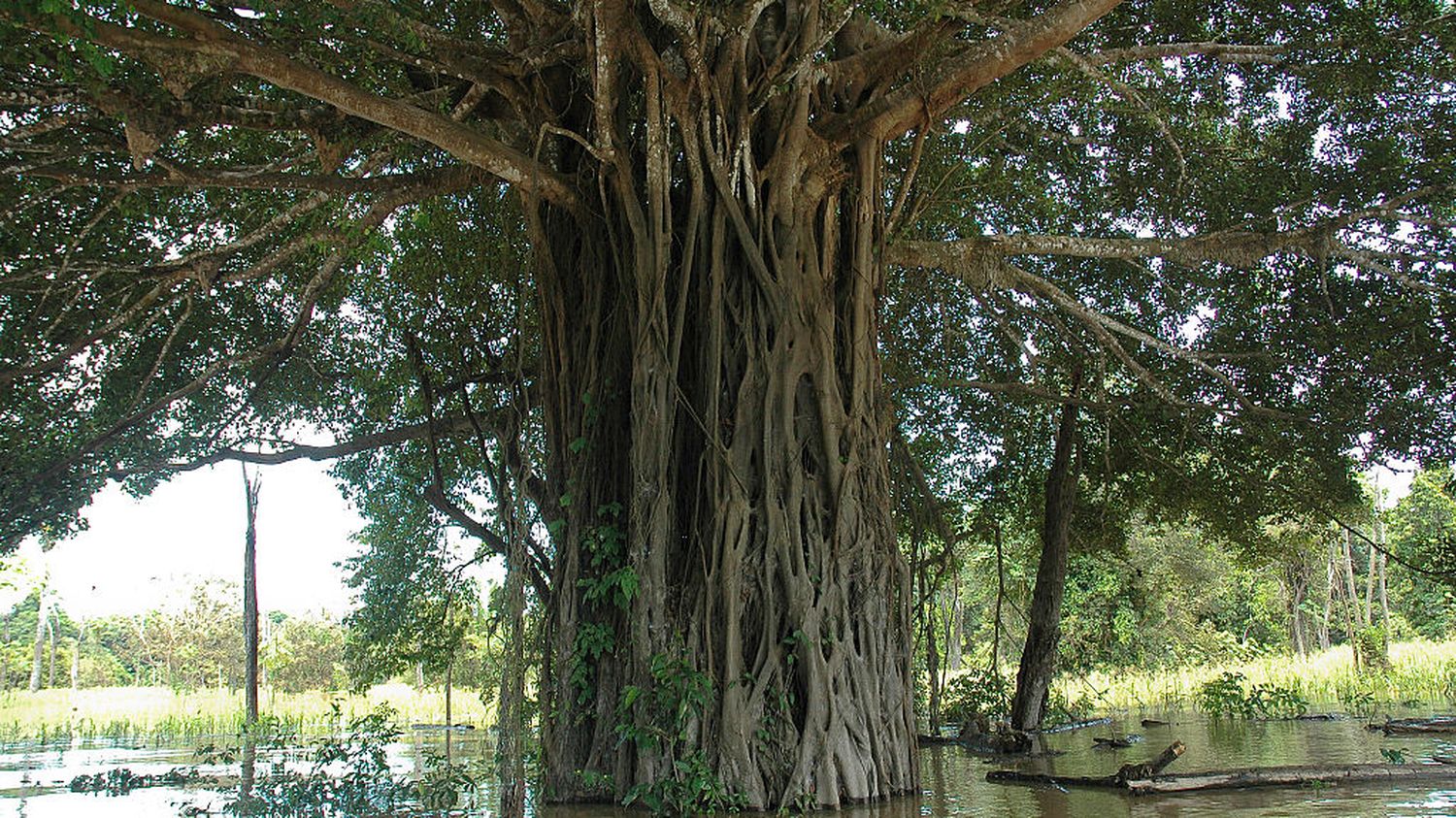Several recent studies demonstrate this: lianas are invading the jungles of Panama, Peru, Bolivia, Guyana, Brazil, Australia, Nigeria, Ghana, China and India. These plants cling to the trunks to climb towards the light have seen their number increase in places by 30% in a decade. The cause? Reheating.

Published
Reading time: 2 min

Hervé Poirier, editor-in-chief of the scientific magazine Epsiloon, explains to us today that global warming gives wings to the lianas which proliferate to seek light in the trees…
franceinfo: Lianas are invading jungles around the world. What is happening ?
Hervé Poirier: It’s the attack of the vines! Studies carried out in numerous tropical forests in Africa, America and Asia provide evidence of the proliferation of these plants which cling to the trunks to climb towards the light.
Their number has increased by 29% in 10 years in Panama; 90% of trees infested in the Nouragues forest, in Guyana; and their biomass grows overall 60% faster than the trees that support them.
And what is this due to?
Mainly climate change. Recent analyzes and experiments suggest that lianas adapt much better than trees to periods of drought, which multiply under the effect of warming. Because, if they are more efficient in capturing light at height, at the level of the canopy, they are also more efficient in extracting water from the ground.
The vines can thrive in warmer, drier conditions, which are becoming more common. Knowing that they also more effectively exploit the gaps of light created by logging, by mining, by fragmentation, linked to communication routes, by storms, fires, etc.
And is that worrying?
This is not good news, in fact. Lianas slow down the growth of trees, reduce their reproduction, and increase their mortality. After 10 years, the canopy of a forest infested with lianas is 2 meters lower than that of areas without them. A tree invaded by lianas sees its branches shorten by 45%, and stores 20% less carbon.
Vegetation models, used in IPCC assessments, have not yet integrated this significant effect on the carbon sink represented by tropical forests. Many researchers, among those we interviewed, want to act as quickly as possible, with machete blows.
In sustainably managed forests, cutting lianas on 5 trees per hectare would only cost one dollar. It is entirely feasible, and it would have real benefits in terms of wood production and CO2 capture, without impacting biodiversity. The vines attack. It remains to organize the defense.
The magazine Epsiloon, is offering in June a great journey into this forest in full metamorphosis, the result of a year of investigation, which you can pre-purchase now.
